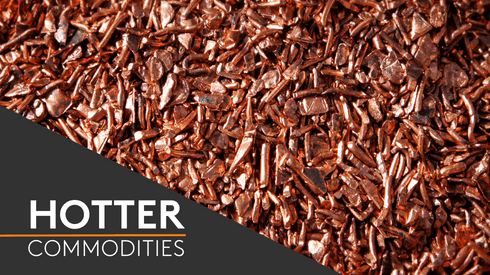Paragraph entered by Atlantic migration, in order for SteelFirst articles to display correctly on Metal Bulletin.
“Our current production, as of March 2012, stands at 28 million tpy. We are planning to achieve a target of 40 million tpy by 2014-15,” an spokesman for the government-owned miner said.
“We have a cash reserves of about $4 billion as of today and by 2016-17, we will add our reserves [and] that will take care of our funding,” he said.
“We will not go for any loans,” he said. “However, for stake sales, it is for the government is to decide.”
The company is planning to expand iron ore mining capacity at its Bailadila mines to 36 million tpy by 2014-15 from the existing 20 million tpy capacity.
“We will be commissioning the $3 billion steel plant in Chhattisgarh that will produce hot rolled coils by 2014-15,” the spokesman said. It will also add a pellet plant.
“By March 2013, we will be opening a 1.2 million tpy iron ore pellet plant in the Bellary district of Karnataka. The plant can be expanded to 2 million tpy. The plant is being developed as a 50:50 joint venture with Russian firm Severstal,” he said.
NMDC signed a memorandum of understanding in May 2012 with Rashtriya Ispat Nigam Limited (RINL) for the development of a slurry pipeline and for setting up a pellet plant at Visakhapatnam.
The company posted a net profit after tax of $1.5 billion in 2011-12, up 12% compared with the $1.25 billion profit the previous year.
The government has a 90% stake in NMDC, with the balance held by insurance companies (5.55%), financial institutions/banks (2.49%) and foreign institutional investors (0.07%), among others.
The company operates three fully mechanised mines, which includes the Bailadila iron ore mine at the Kirandul Complex, the Bailadila iron ore mine at the Bacheli Complex in Chhatisgarh and the Donimalai mines in Karnataka.
NMDC is also involved in the exploration of iron ore, copper, rock phosphate, limestone, dolomite, gypsum, bentonite, magnesite, diamond, tin, tungsten and graphite. It operates the only mechanised diamond mine in the country at Panna in Madhya Pradesh.




